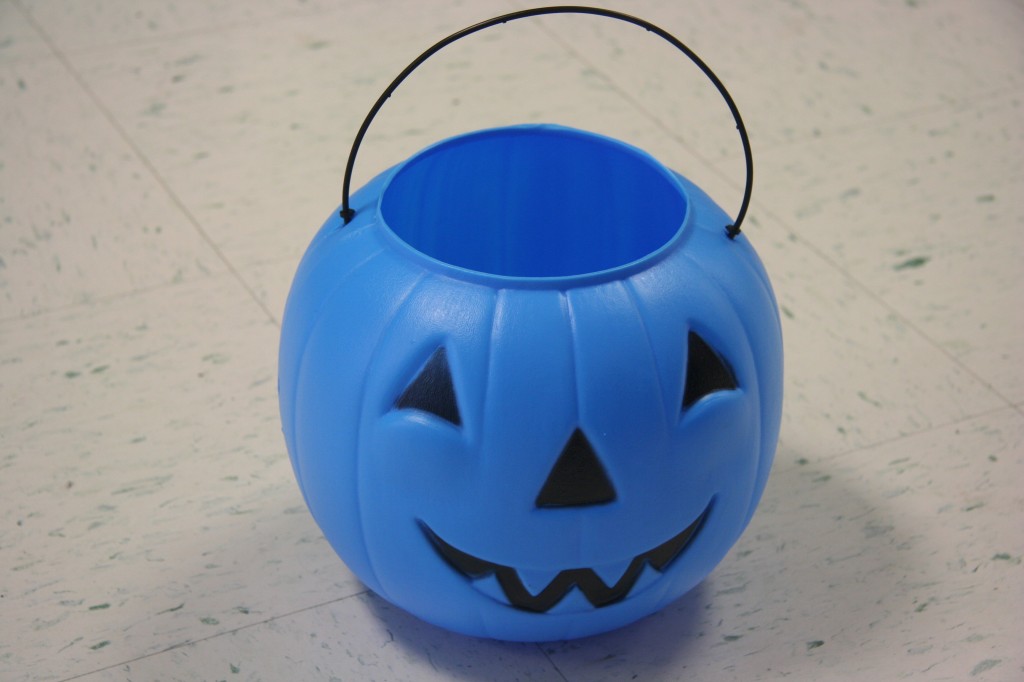 It is tradition that on the night of October 31, kids of all ages, not to mention anyone who is a kid at heart, dress as their character of choice. Engaged in an evening of door to door excitement, each person’s goal is to gather as much candy as humanly possible, by trick-or-treating each and every door on the block. Halloween is known for its frights and its fun, although this wasn’t always the case. About 2,000 years ago, the Celts (inhabitants of what is now Ireland), held the Samhain festival which celebrated bountiful harvests and marked the beginning of a long dark winter. It was believed that on the night of October 31, ghosts were alloted one night to roam the earth. These spirits were thought to be mischievous and trouble-causing, and in response, the Celts would participate in bonfires in which they sacrificed crops and animals to their deities. They also believed this night was their opportunity to tap into the spirit world and exchange each other’s fortunes. Their “Halloween” night consisted of fortune telling and sacrificing, a night that widely differs from our own.
It is tradition that on the night of October 31, kids of all ages, not to mention anyone who is a kid at heart, dress as their character of choice. Engaged in an evening of door to door excitement, each person’s goal is to gather as much candy as humanly possible, by trick-or-treating each and every door on the block. Halloween is known for its frights and its fun, although this wasn’t always the case. About 2,000 years ago, the Celts (inhabitants of what is now Ireland), held the Samhain festival which celebrated bountiful harvests and marked the beginning of a long dark winter. It was believed that on the night of October 31, ghosts were alloted one night to roam the earth. These spirits were thought to be mischievous and trouble-causing, and in response, the Celts would participate in bonfires in which they sacrificed crops and animals to their deities. They also believed this night was their opportunity to tap into the spirit world and exchange each other’s fortunes. Their “Halloween” night consisted of fortune telling and sacrificing, a night that widely differs from our own.
The celebration continued until about 43 A.D., when the Romans overtook a large portion of Celtic land and combined celebrations, resulting in “Feralia” and “Pomona“. The first celebration, “Feralia”, commemorated the dead and the second honored Pomona; Roman goddess of fruit and trees, hence the tradition of “bobbing for apples.” The date changed to May 13th, 609 A.D., a day when Pope Boniface IV chose to honor all Christian martyrs (someone willing to suffer death rather than deny his/her religion). In 1000 A.D., the festivity was changed again to November 2nd, and was renamed “All Saint’s Day” by the church, its purpose being to honor the dead in a more positive light, due to its religious affiliation. It still included bonfires and parades, only instead of wearing animal hides as the Celts would, people dressed as saints, angels, and devils. The celebration was referred to as All-Hallows Eve, later evolving into the Halloween that we celebrate today, although the festivity went through many changes once it reached America.
In colonial America, Halloween was more common in the Maryland region, due to Protestant beliefs in the New England colonies. It was also believed during this time that young women could obtain their future husbands name or face through superstitions such as the mirror superstition; in which it was said a young woman could see the face of her future husband over her shoulder if she stood in front of a mirror with a candle, in a dark room. It wasn’t until halfway through the nineteenth century that Americans began dressing up and asking for food and money. In the late 1800’s, Americans began to associate Halloween with getting together with others to indulge in foods of the season and to participate in dressing up, rather than its usual connotation of mischief and fright. By the 30’s it was centered on community festivities, and in the 50’s, it became a child focused holiday. It wasn’t till then that the tradition of “trick-or-treating” made its way back into the holiday festivities.
The Halloween we have come to know is a culmination of tradition and culture from its “trick-or-treating” to its parades and entertainment.


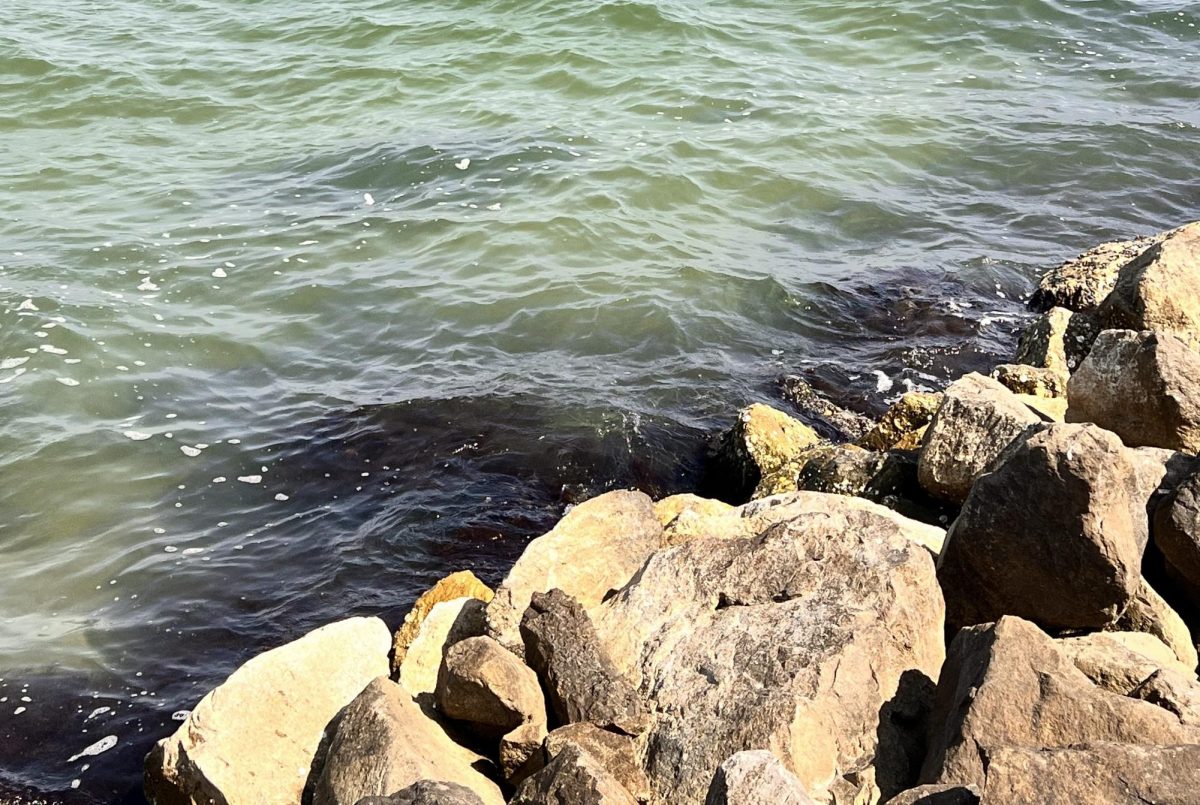

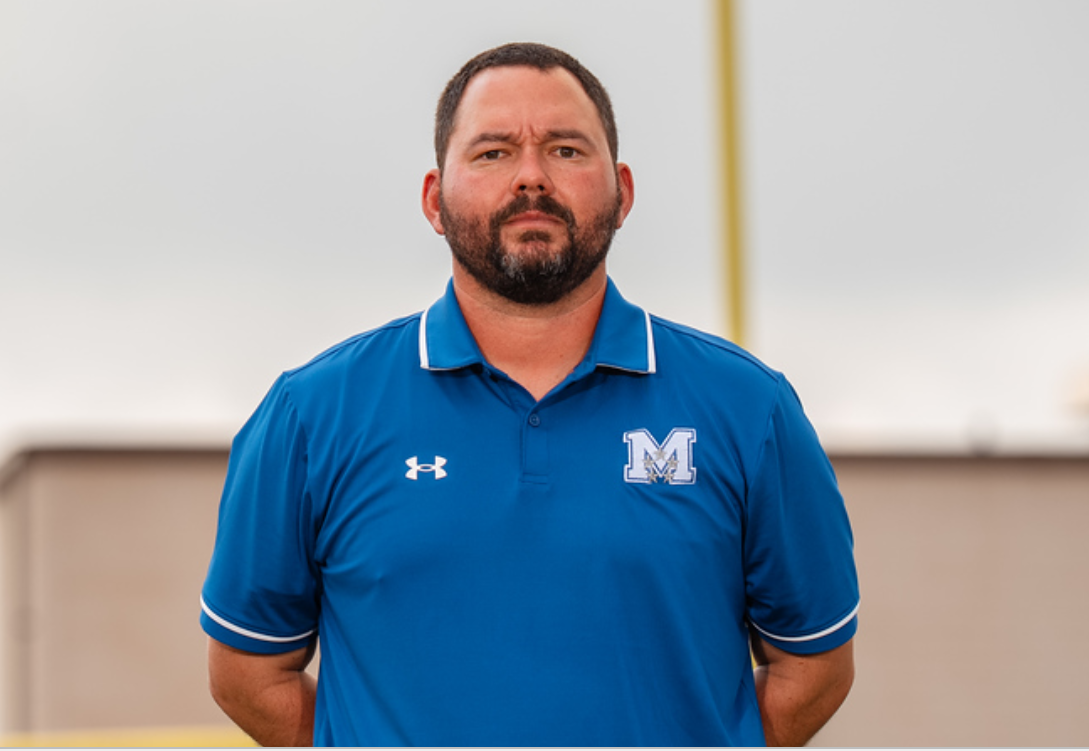

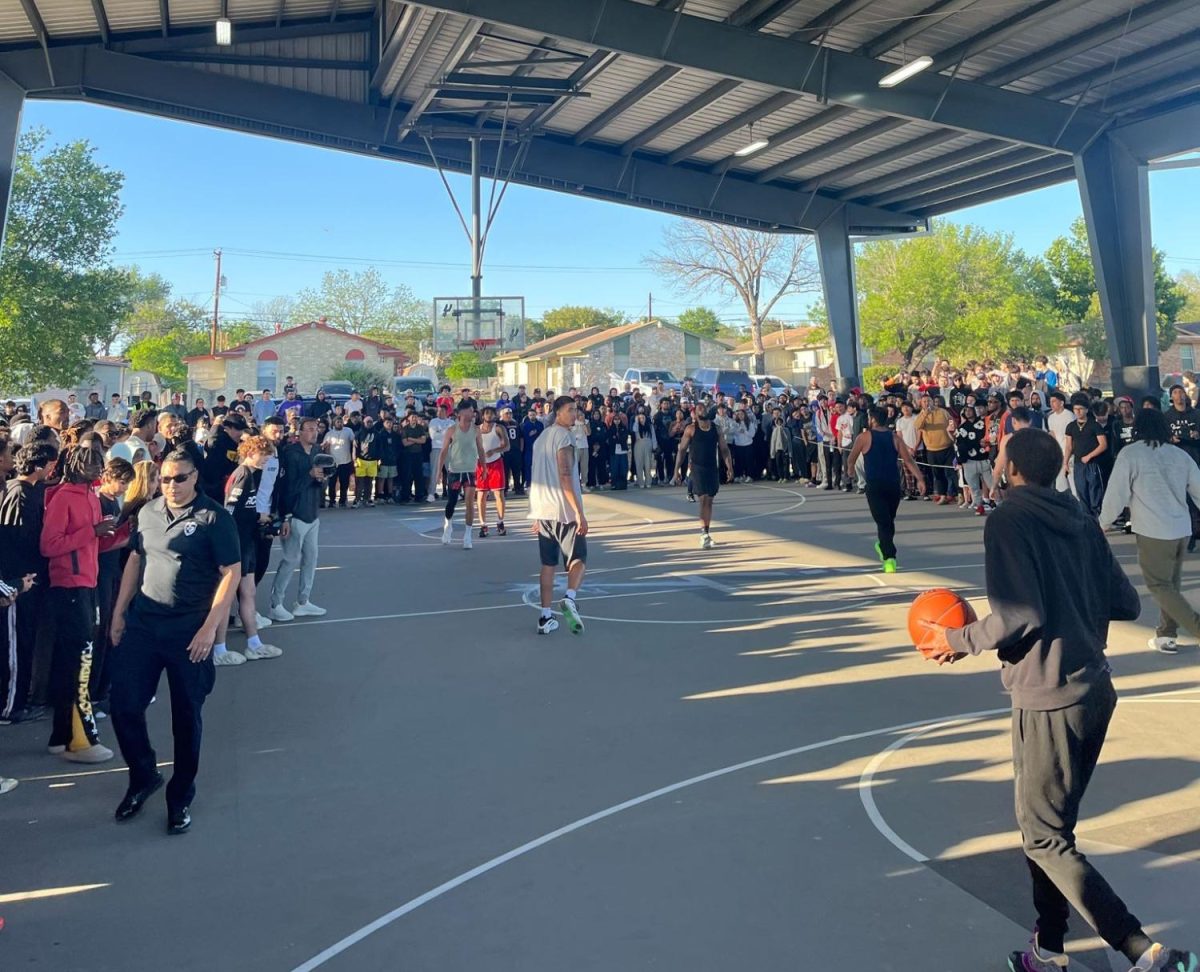




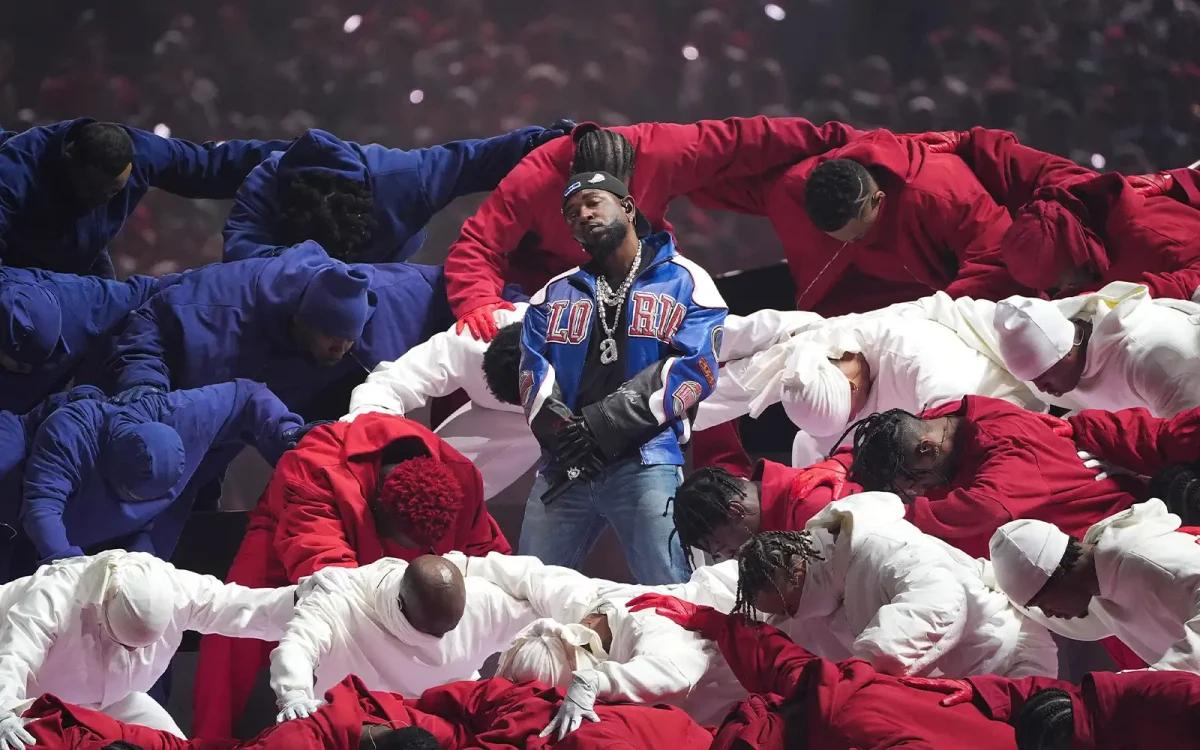
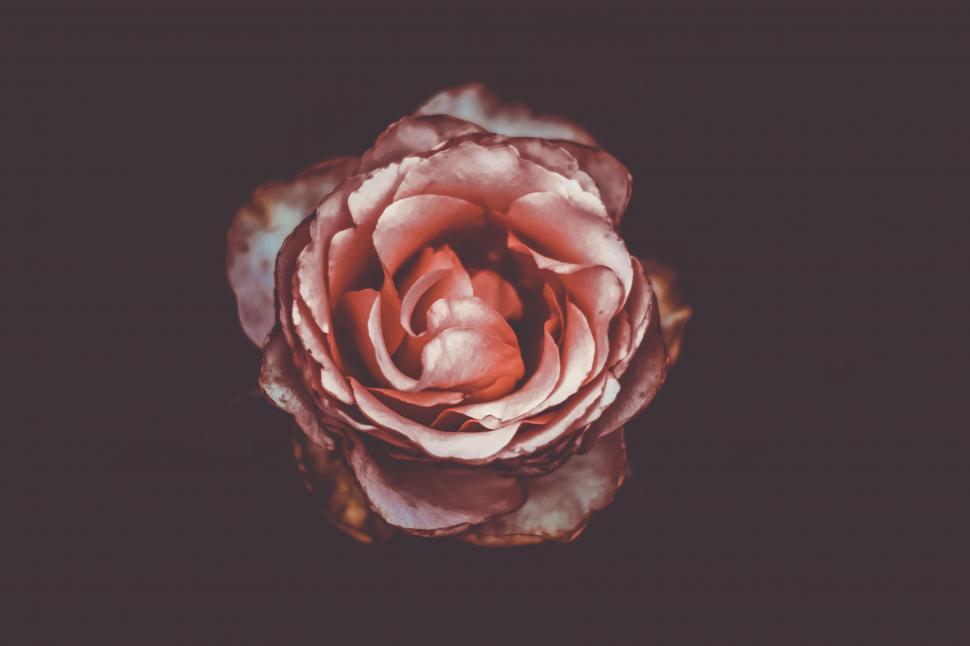
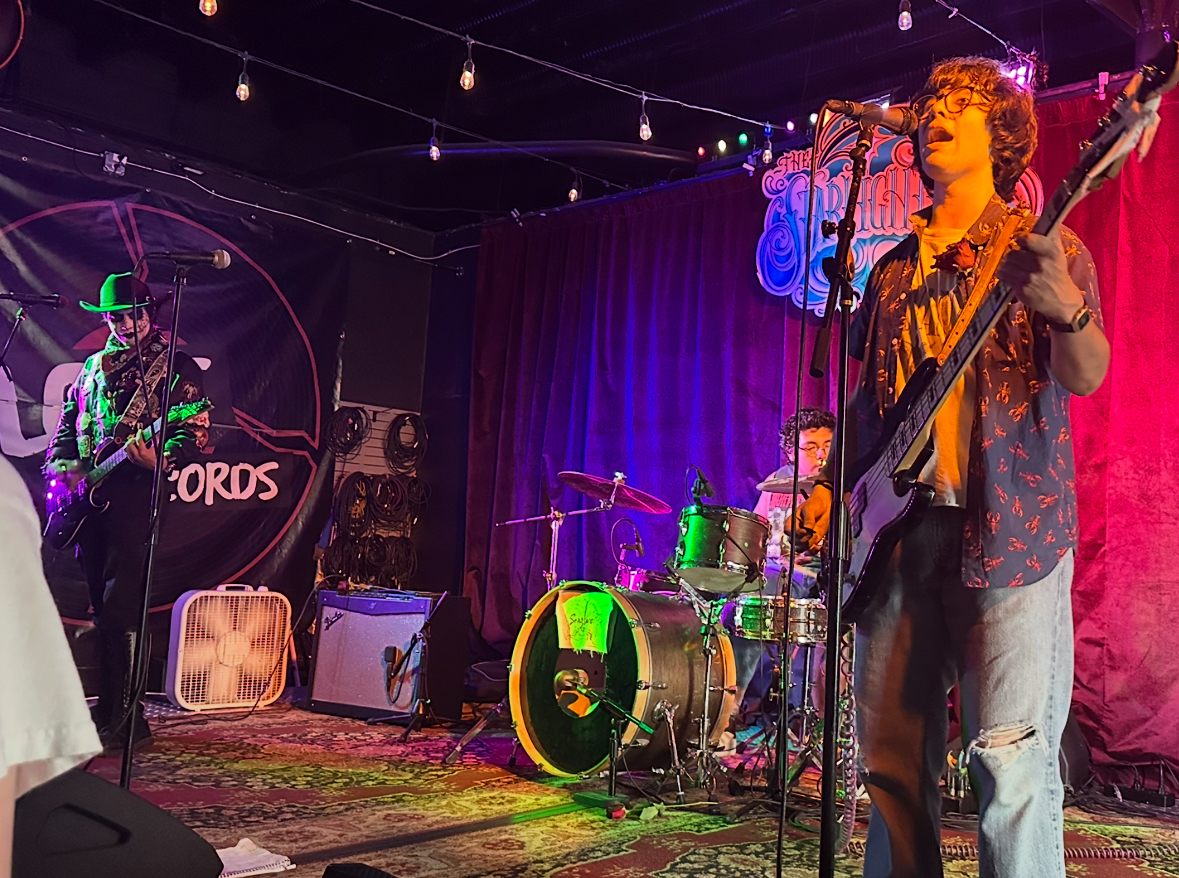
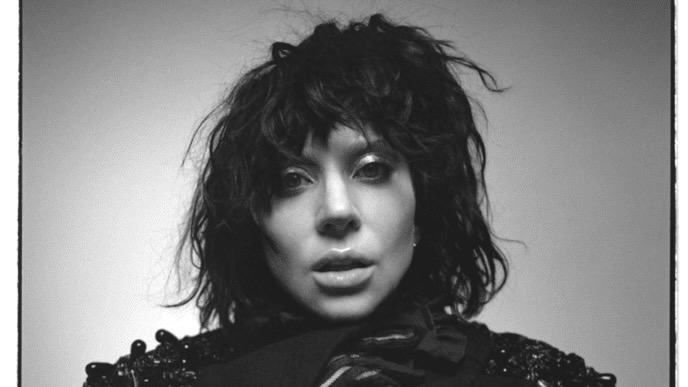
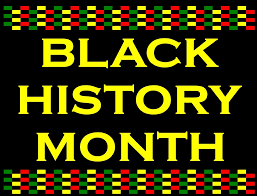
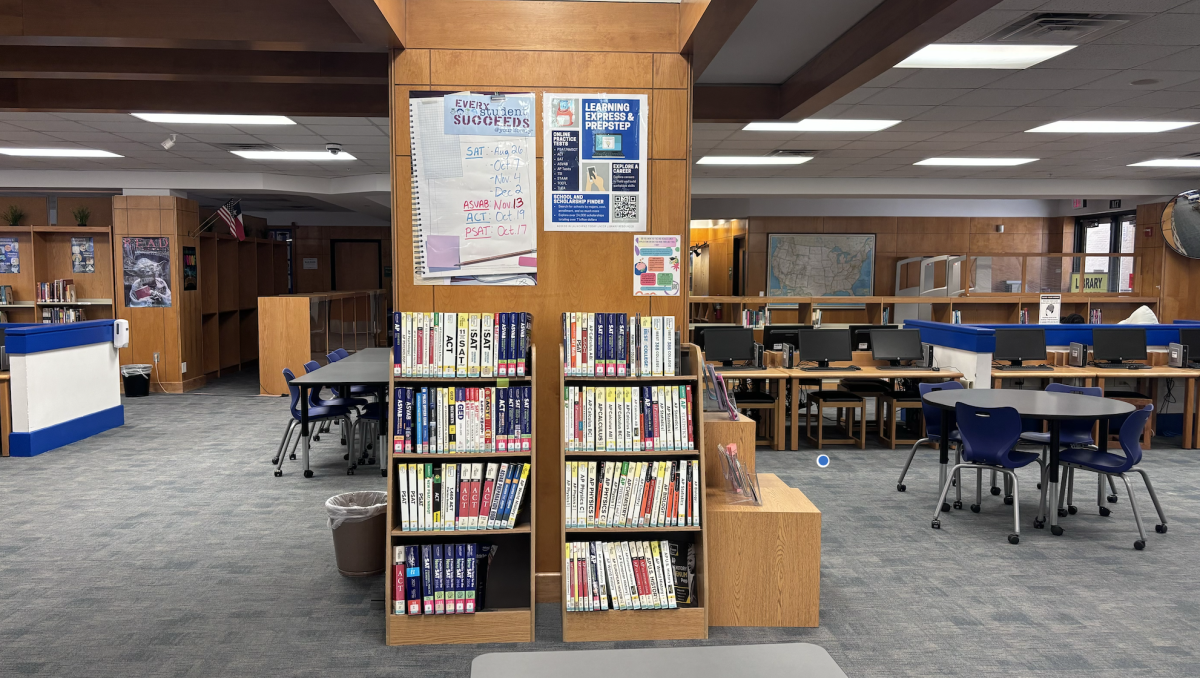
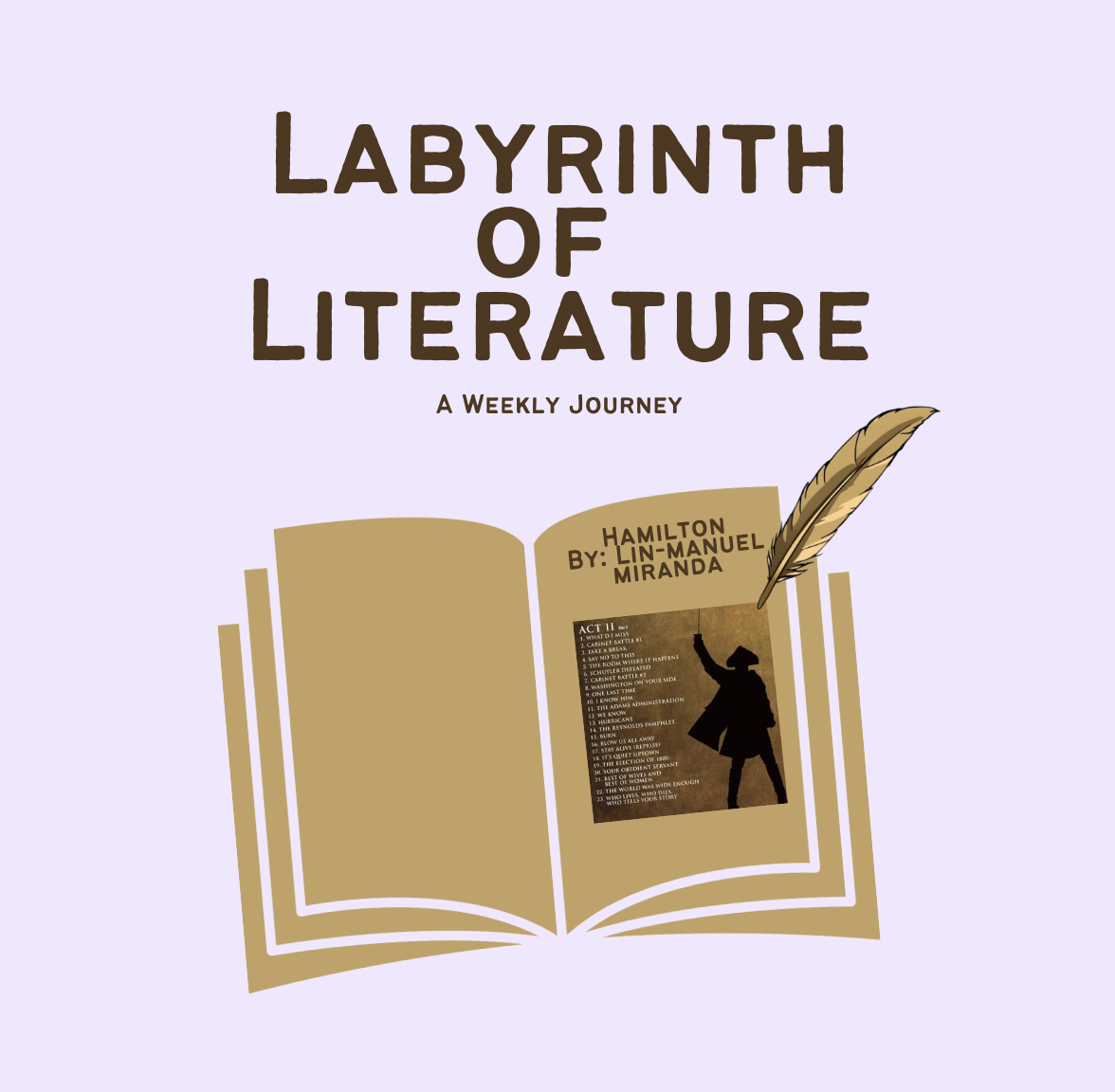
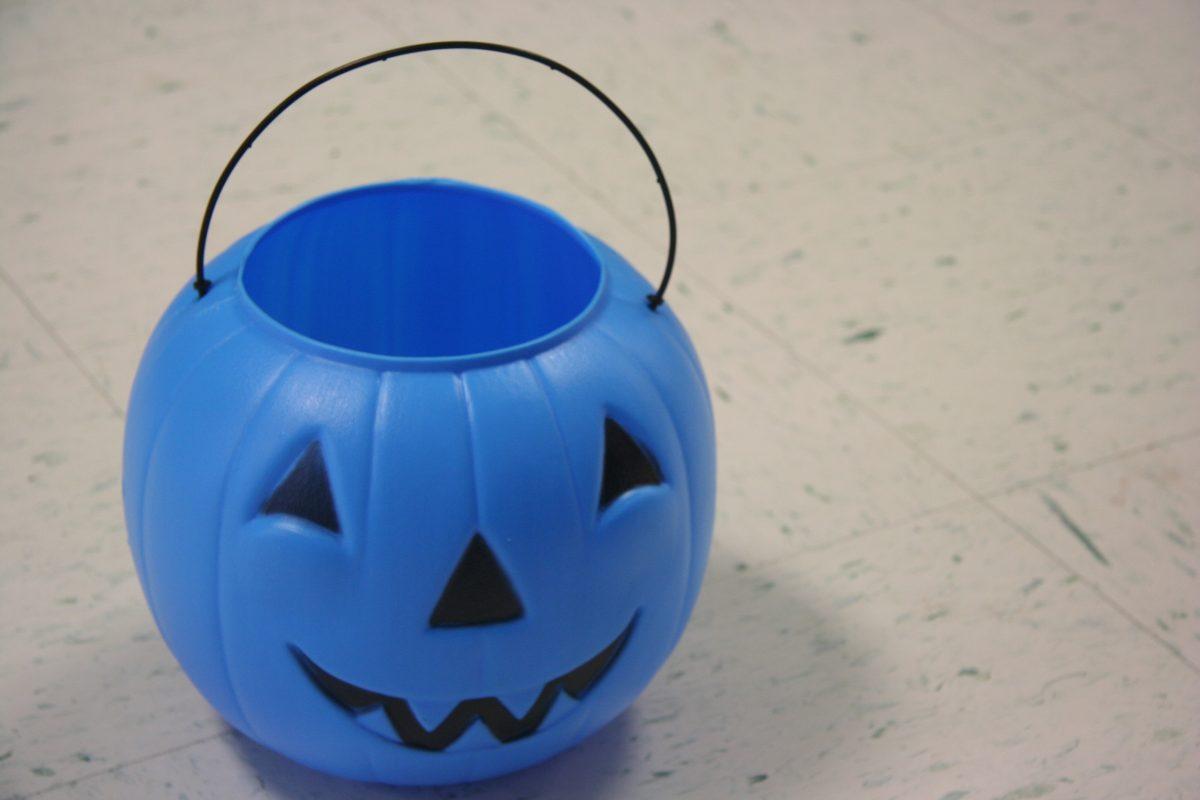

Jesus Zendejo • Oct 24, 2011 at 2:17 pm
It’s a good thing that people know about Halloween’s history. It’s alot more than dressing up and getting candy! Halloween ,if I may say, in spanish is called “Dia de Brujas” Day of the witch!